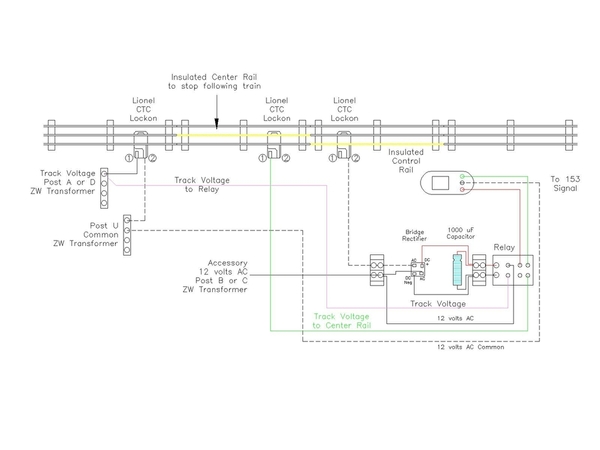@shorling posted:I can report that I use hundreds of Town and Country Lionel direct replacement LED bulbs on my layout. These LED bulbs have been on my layout for over 10 years with zero failures.
I'm pretty sure the wedge-base LED bulb (with internal diode and resistor) was from Town and Country. Additionally the T&C site had this review comment of the bayonet LED green bulb:












